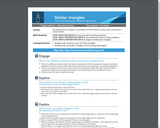
By creating similar triangles, it is possible to find the distance across a river using indirect measurements.
- Subject:
- Mathematics
- Material Type:
- Activity/Lab
- Author:
- ESRI
- Date Added:
- 04/11/2020

By creating similar triangles, it is possible to find the distance across a river using indirect measurements.
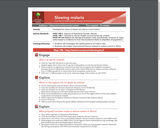
Investigate the causes of disease and ways to control malaria.
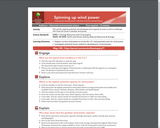
This activity explores potential and developed wind capacity by state as well as challenges that Texas has faced to develop wind power.

Students will explore street maps, measure distance, and calculate travel times as they direct their school bus to the zoo.
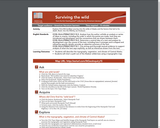
Explore Chris McCandless’ journey into the wilds of Alaska and the factors that led to his death. Book: Into the Wild by Jon Krakauer.
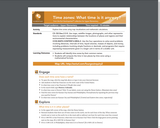
Explore time zones using map visualizations and mathematic calculations.
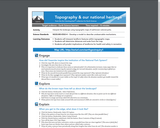
Interpret the landscape using topographic maps of well-known national parks.
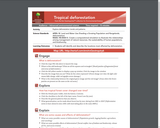
Explore deforestation trends and patterns.
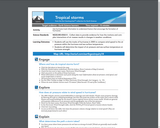
Use hurricane track information to understand factors that encourage the formation of hurricanes.
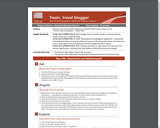
Discover how travel and life experiences influenced Mark Twain’s body of work.
“Travel is fatal to prejudice.” – Mark Twain
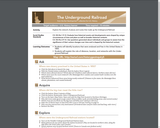
Explore the network of places and routes that made up the Underground Railroad.
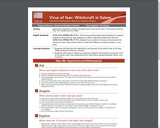
Explore the geographic context and spatial extent of the witch trials in the American colonies. Play: The Crucible by Arthur Miller
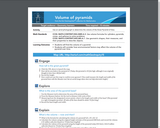
Use an aerial photograph to determine the volume of the Great Pyramid of Giza.
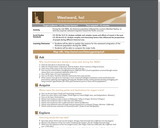
During the mid-1800s, the American population followed the country’s Manifest Destiny; as land was acquired, westward migration toward the Pacific occurred.
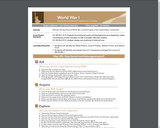
Discover the key fronts of World War I and the impact of the United States’ involvement.

Points on the surface of the earth can be plotted using a coordinate system made from lines of longitude and latitude.
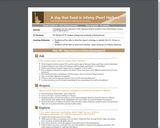
Investigate how the expansion of the Japanese Empire resulted in the United States’ involvement in World War II.
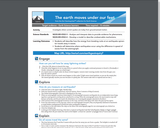
Investigate where current quakes are today from ground-sensed motion.
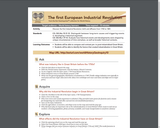
Discover the first Industrial Revolution: birth and diffusion from 1750 to 1881.
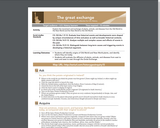
Explore the movement and exchange of plants, animals, and diseases from the Old World to the New World and the New World to the Old World.